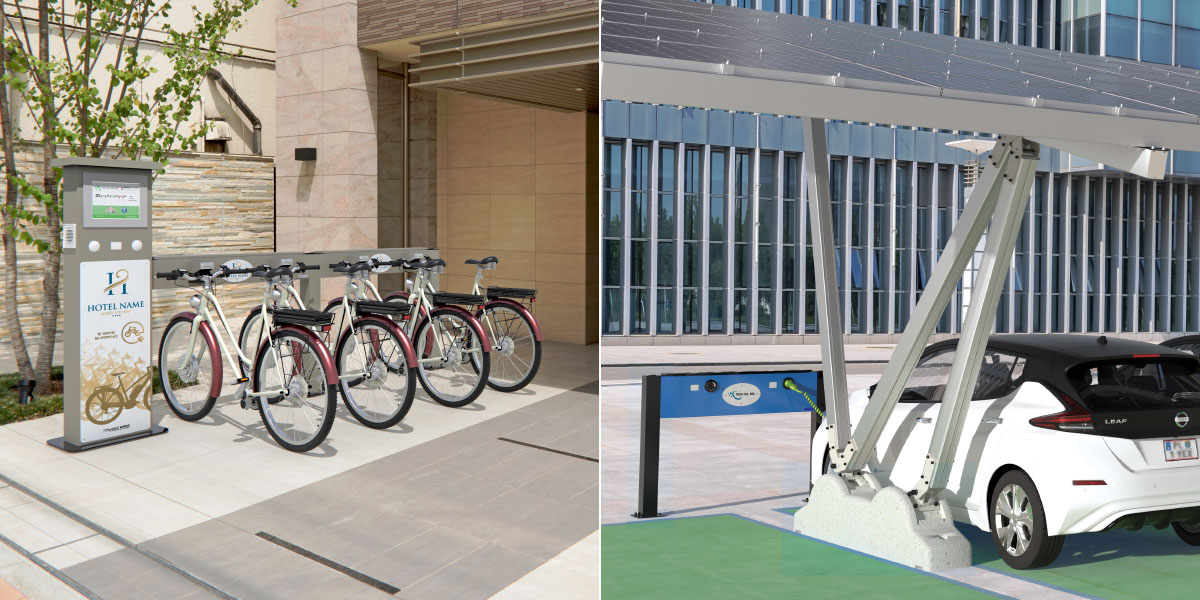Italy and e-mobility what is the state of the art?
The European data
According to the ACEA European Automobile Manufacturers' Association report on the state of green mobility in Europe, 76% of charging stations, for electric vehicles are located in only 4 European countries: the Netherlands, France, Germany, and the United Kingdom. Italy with only 2,741 charging stations installed (2.35% of the total) is rather behind in the ranking of states with the best infrastructure dedicated to e-mobility.
Just think that out of a total of about 100,000 operational columns in Europe, 28% are in the Netherlands, 22% in Germany, 14% in France, and 12% in Great Britain. But why is Italy lagging behind on an issue as important as the sustainable mobility? Recent research shows that, although the supply of electric cars by the main manufacturers is increasing, there is no increase in vehicle registrations in Italy.
 Download our
Download our
Carport & E-Mobility
catalogue
Inside you will find all the technical specifications and many examples of use.
The world's great giants
If in fact China and the United States are the two countries in which electric mobility is in a period of great growth, thanks to the incentives developed by the Chinese government in 2012 and still in force, and the policies of the Obama era, in the second case. As regards Europe, the trend of purchases shows only a very slow increase.
In all this, Italy is bringing up the rear and the reason is partly due to an economic issue. The incentives provided for the purchase of electric cars are among the lowest in Europe, about € 3,000 compared to 9,000 on average, and the cost of the cars is around € 30,000 of which about 50% of the expenditure is due to its battery. In addition, the charging stations are still not widely available. In Italy, there are 4,207 stations in 2,108 locations, about one column for every 14,388 inhabitants. In Germany, there are 22,708 columns - one for every 3,620 people. In this sense, Norway has a lot to teach us. In fact, there are "only" 7.855 charging stations but, in proportion to the number of citizens, there is one charging column for every 671 inhabitants and the goal of this Scandinavian country is to get to have, within seven years, 100% electric cars in circulation.
Future prospects
Even if for now the data and statistics do not seem to show any success of the Italian policies in terms of support and distribution of e-mobility, it seems that some progress is being made for the future. On 20th June, in fact, the Government gave the go-ahead to the Agreement signed by the Ministry of Infrastructure and the Italian Regions for the identification of territorial programs aimed at the development of the recharging station networks on a national scale. The Ministry of Infrastructure announced that it will provide a financing of almost 30 million euros.
In short, we hope that these good intentions will help Italy achieve good results and earn a prestigious position in European rankings.


